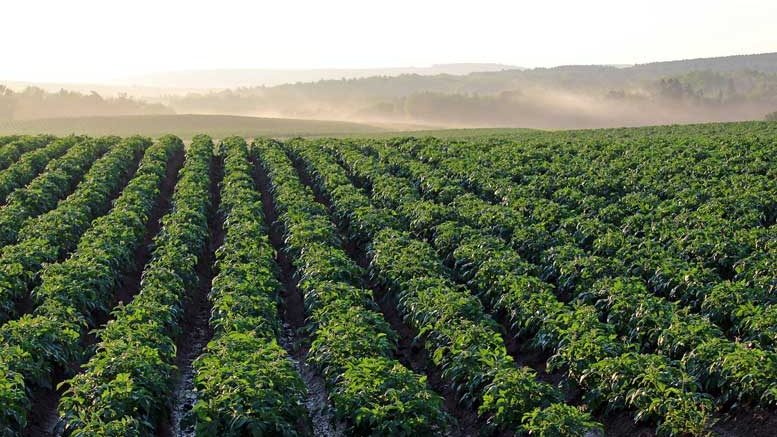|
Click to listen to this article
|
By Dale Lathim, Potato Growers of Washington
I know it has been covered ad nauseum that we went from the shortest raw product supply situation in history to the longest during this last growing season. Keep in mind that this situation will not just go away when we plant the next crop.
There will most likely be a significantly larger than usual carryover of 2023 crop storage potatoes that will be processed next summer. This will displace some of the early crop volume and will undoubtedly reduce the number of contracted acres of all varieties throughout the Pacific Northwest. In the Columbia Basin, many growers for one processor have already been notified that they will have at least a 10 percent reduction in their volume for crop year 2024. Another processor has not announced what their volume will be, but has indicated that it will be down; it is just a matter of how much.
Those growers who have not been told anything need to be very cautious about how many acres they plan to have in potatoes, as it is highly likely they could face even bigger reductions than those who have already been notified. In my previous column, I suggested growers plan on a 20-25 percent reduction in acres just to be safe. When I wrote that, the oversupply situation was just coming into focus. Now we know that it was even bigger than we feared and that tonnage well into six figures was disposed of throughout the Pacific Northwest. With that in mind, the already announced reductions in acreage will more likely than not be the smallest reductions at those companies who are not in expansion mode now.
Historically, when an oversupply situation has occurred, it has taken two full crop years for supply and demand to level out. For whatever reason, things feel different this time, and it would not surprise me if this one lasts even longer. Part of the reason we are in this situation is that processors dealt with short crops in both 2021 and 2022. Not wanting to repeat that situation in 2023, they contracted heavier in case the lower yields truly were the new normal. Add to that all the growers who thought they were being sly by tying up some extra seed so they could quietly be one of the few who would have open potatoes to help fill the void. When yields returned to the pre-2021 normal, those extra acres created this situation.
While I don’t expect the open acres scenario to be repeated this year as open prices are expected to be well below the cost of production, the fear of lower yields still exists with some processors. And as such, I think it might take another year or two before they are comfortable returning to their previous contract positions. If this plays out the way I imagine, we will have a much smaller, but still larger than needed, raw product supply next fall.
The other impact this supply situation will have is on pricing. Fortunately, the cost of production looks to be relatively stable. With contract acreage already being reduced, it takes away the only real leverage that any bargaining association has, which is reducing the supply of available acres that growers are willing to grow on the contract to less than what the processor is comfortable with. We are going to have a very tough time even holding the price flat in contract negotiations this year. If costs were going up significantly, there would be next to no chance of covering much of that increase.
As an industry, this oversupply will be impacting all of us. The frozen segment has been proactive and tried to dispose of much of the excess at the end of harvest. But still, there will be enough extra potatoes looking for a market that it will impact us for the foreseeable future. Do yourself and the industry a favor and be very, very conservative on the acres you plant for 2024.

